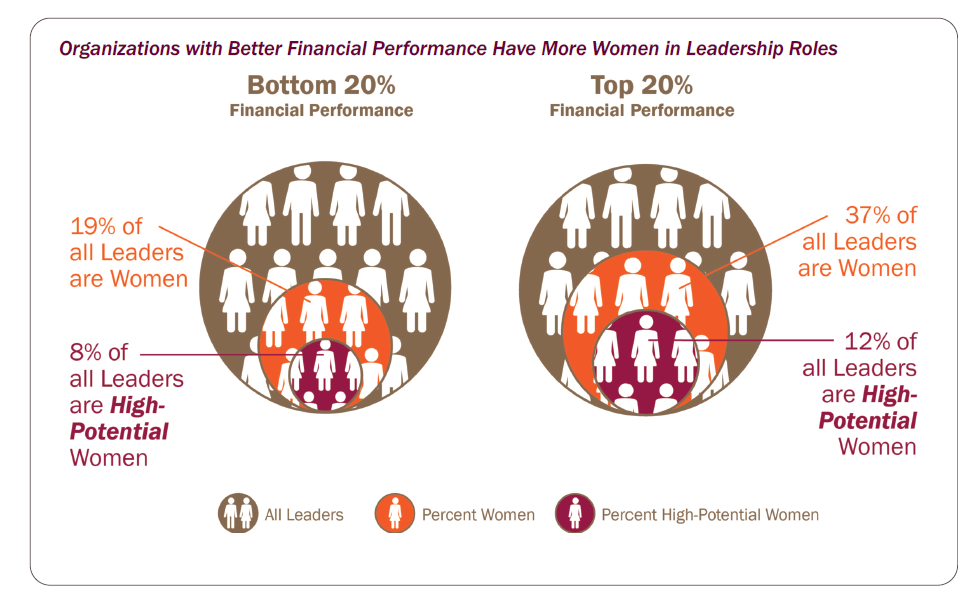by Tânia Fernandes Mendes
(Author’s Note: While reading this blog, I invite you to enjoy this orchestral work.)
Have you ever listened to a piece of music that freed your emotional calmness, balance, flow, and inspiration? A soundscape that impressed you with its perfect symbiosis of sound, melodic color, timbre, instrumentation, and, perhaps most importantly, the passion and proficiency of the musicians?
For this blog, we are entering the world of classical music. Even if you are not a big fan of this genre, I ask that you join me anyway, just for a few moments.
Setting the stage for a perfect symphony, with the right mix of musicians
An orchestra is a perfect example of how important it is to consider individual musicians—their technical skills, unique approaches, and personalities—and the important role each plays in contributing to a successful performance. (In his 2006 book, From Solo to Symphony, author Christian Gansch makes a compelling case that there is much organizations can learn from symphony orchestras.)
With the perfect symphony in mind (competitive advantage at its best), I am writing this blog to reflect on how building a gender-diverse and inclusive culture is like assembling an elite orchestra.
The need for a gender-diverse and inclusive culture
Everyone talks about the need for diversity and inclusion.
Pause for a moment.
As we begin to create a symphony, let’s begin with what we know to be true: people in an organization make the difference when it comes to a competitive edge—just as each individual musician does in an orchestra.
With this truth in mind, I would like to talk specifically about the importance of women in leadership (the right female musicians, if you will), and why it’s critical to unleash hidden potential through a fair, rigorous, and sustainable “audition process.”
Increasing gender diversity in the workplace has become a priority for CEOs in recent years (nowhere more so than in Europe, where gender quotas are both a reality and a continued topic of discussion and debate). This increased focus is fueled by the need to address the reality that women aspiring to leadership roles often encounter a “glass ceiling” (the systematic barrier women face when trying to “break through” to high leadership levels in their organizations).
My DDI colleagues and I have read about and heard from many organizations and their top management about the progress they have made toward fulfilling their country’s mandate to shatter the glass ceiling. On the other hand, sadly, some senior leaders have yet to be convinced that women have the same skills and ability as men when it comes to leadership roles.
But we have enough data to prove otherwise. The past few Global Leadership Forecast studies confirm that having female leaders and a diverse culture pays off in important areas such as impact on innovation, and sustained, profitable growth, just to name a few (see image below). Research suggests that the optimal balance of men and women in leadership positions for positive impact on business outcomes is between 40 and 60 percent.

We know we need to do something different to unleash hidden potential and ensure we keep talent in the organization. After all, disengaged talent is your competitor’s greatest advantage—but it’s also your organization’s greatest opportunity.
And please understand me: As a facilitator, I love to work with heterogeneous groups in the room. There’s magic in a mixed-group dynamic. Difference is good! And because men and women are different, by virtue of behavior, values, and beliefs, their differences can be an advantage when it comes to complex challenges. Diverse teams do better at solving problems.
Let’s keep these differences in mind, and because as men and women are different, so are their personal needs—differences that inevitably need to be addressed by the business. This is because as we objectively look at what’s stalling the advancement of women in leadership, we see that it’s not really a women’s issue. The root cause lies in multiple business and environmental factors (see the Top Barriers to Leadership for Women below); there is still significant evidence of inequality.
As culture is the “predominant instrument in the symphony,” before strategy, one of the elements to address is the adoption across the entire organization of an inclusive mindset, sponsorship (e.g. by men being better allies to women), and an emphasis on trust in the workplace. A culture defined by these traits nurtures and promotes motivation in women to advance and excel in leadership positions.
How to build a successful orchestra
A critical first step is to align talent strategy with diversity strategy and take planned actions for change. Specific practices are listed in the graphic below:
You may ask yourself, Do we know what’s slowing down the progress? Who in our organization has got the motivation to lead--which is still, after all, the pre-requisite for successful leadership--and is “ready and willing” to join the orchestra and be part of an inspiring and energizing symphony? How can we address the lack of effective, targeted, and sustainable talent development programs? And how can we address the needs of women to transition them from great employees to great leaders?
Like a conductor, who visualizes the symphony and understands how it must sound, a senior-level sponsor is needed who is able to visualize a gender-diverse and inclusive workplace and ensure that vision becomes a reality. And, as women leaders, we need to empower ourselves to act to make it a reality, to bring it to life.
As for our organizations, they must commit to the following:
- Create momentum by planning a clear path towards success.
- Measure status quo to manage your mandate. Identify hidden potential and unleash that potential across all levels, i.e., classify differences in identity and cognitive diversity at each level, and compare your organization to global benchmarks and create awareness of the need to address specific areas. Look at the status quo, what’s working and what’s not and how to achieve your goal. As part of our Women In Leadership offerings, DDI offers an audit tool to facilitate this step.
- Build greater diversity in the workplace by ensuring objectivity and fairness in interviewing processes, high-potential nomination processes, and talent audits and reviews, and by taking steps to proactively accelerate specific groups of individuals that are underrepresented in the leadership ranks.
- Create an environment of inclusivity by diagnosing and addressing systemic barriers to diversity, and developing leaders who operate with inclusive mindsets and behaviors.
- Measure impact and success. In the end, this is how you work through unconscious bias, become more self-aware about how your talent personally contributes to workplace equality, and, finally, generate the strengths and fill the gaps.
Pause, listen and enjoy
With the right musicians (diversity), a committed conductor (sponsor), and instruments (tools) your orchestra (inclusive culture) is ready to start the perfect symphony (competitive advantage at its best).
Over to you, Maestro!
Learn how DDI can help your organization accelerate and advance women leaders to ignite impact.
Based in Germany, Tânia Fernandes Mendes is a Consulting Associate for DDI. She is a passionate facilitator, coach, and assessment role-player. and manages global projects in partnership with her clients. Her creativity and energy are nurtured by being a singer/songwriter and listening to any kind of music—preferably live—for inspiration. She is a big believer in the power of mindset and is living and working toward the goal of people understanding that kindness should not be taken for weakness but for respect—and for a better world we are working and living in.
Topics covered in this blog

